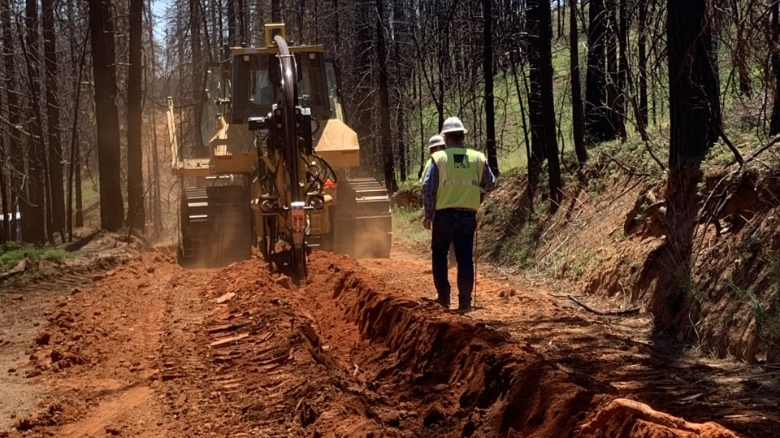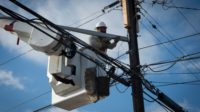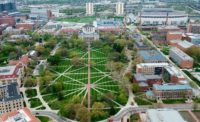The U.S. Dept. of Energy is set to boost 12 efforts to develop technologies aimed at undergrounding power lines, modernizing the electric grid and replacing aging infrastructure with $34 million in grants, officials announced Jan. 16.
The grants, which are still subject to negotiations between agency officials and the awardees, come from the Grid Overhaul with Proactive, High-speed Undergrounding for Reliability, Resilience, and Security (GOPHURRS) program. The program is aimed at advancing solutions to modernize and grow the U.S.’s power grid infrastructure by lowering costs, minimizing extreme weather-related disruptions and accelerating adoption of renewable energy, officials say.
The largest grant award is $4.5 million to Prysmian Cables and Systems USA, Highland Heights, Ky. The money would go toward the company’s development of a hands-free power cable splicing machine that would operate in underground vaults. The machine is planned to help reduce the amount of splicing-caused failures on medium-voltage networks from 60% to 80% to less than 5%, Energy Dept. officials say.
Other projects are aimed at developing tools for undergrounding power lines where possible. Arizona State University is set to receive a $4.3-million grant to support its efforts to create a water-jet underground construction tool for deploying electrical cables and conduits underground. Another $3.7-million grant is set for Niskayuna, N.Y.-based GE Vernova Advanced Research to help it develop a robotic worm tunneling construction tool for digging and installing conduit and cables in one step. Energy Dept. officials say GE’s system would be deployable from a standard pickup truck and is designed to mimic the movement of earthworms and tree roots and could be capable of installing 1,000 ft of cable in conduit in two hours.
Some of the technologies could have applications beyond grid projects. The Pacific Northwest National Laboratory is set to receive a $3.8-million grant for development of an artificial intelligence system that would autonomously process data from geophysical surveys into a digital twin in order to identify existing utilities and other subsurface obstacles. Energy Dept. officials say the aim is to eliminate weeks of analysis, visualization and reporting. And a $1.4-million grant will boost Sandia National Laboratories’ effort to develop a real-time, drill-mounted cross-bore detector that would use narrow-band ground penetrating radar to avoid hitting existing utilities while installing new buried lines.
The GOPHURRS program is managed by the Energy Dept.’s Advanced Research Projects Agency-Energy, which supports the development of clean energy technologies. U.S. Energy Secretary Jennifer Granholm said in a statement that the teams supported by the grants will help modernize power infrastructure and increase its resilience.
“Modernizing our nation’s power grid is essential to building a clean energy future that lowers energy costs for working Americans and strengthens our national security,” Granholm said.





